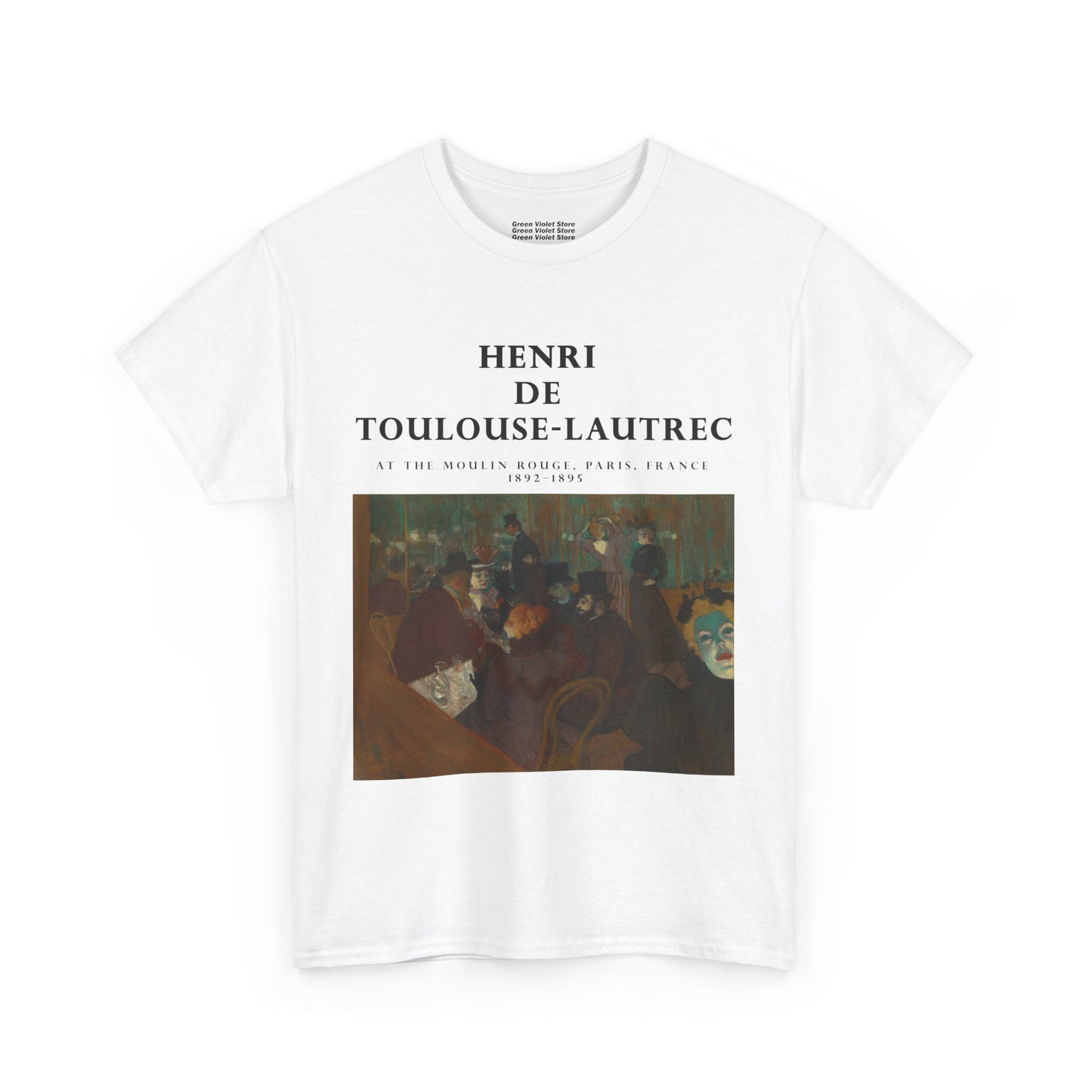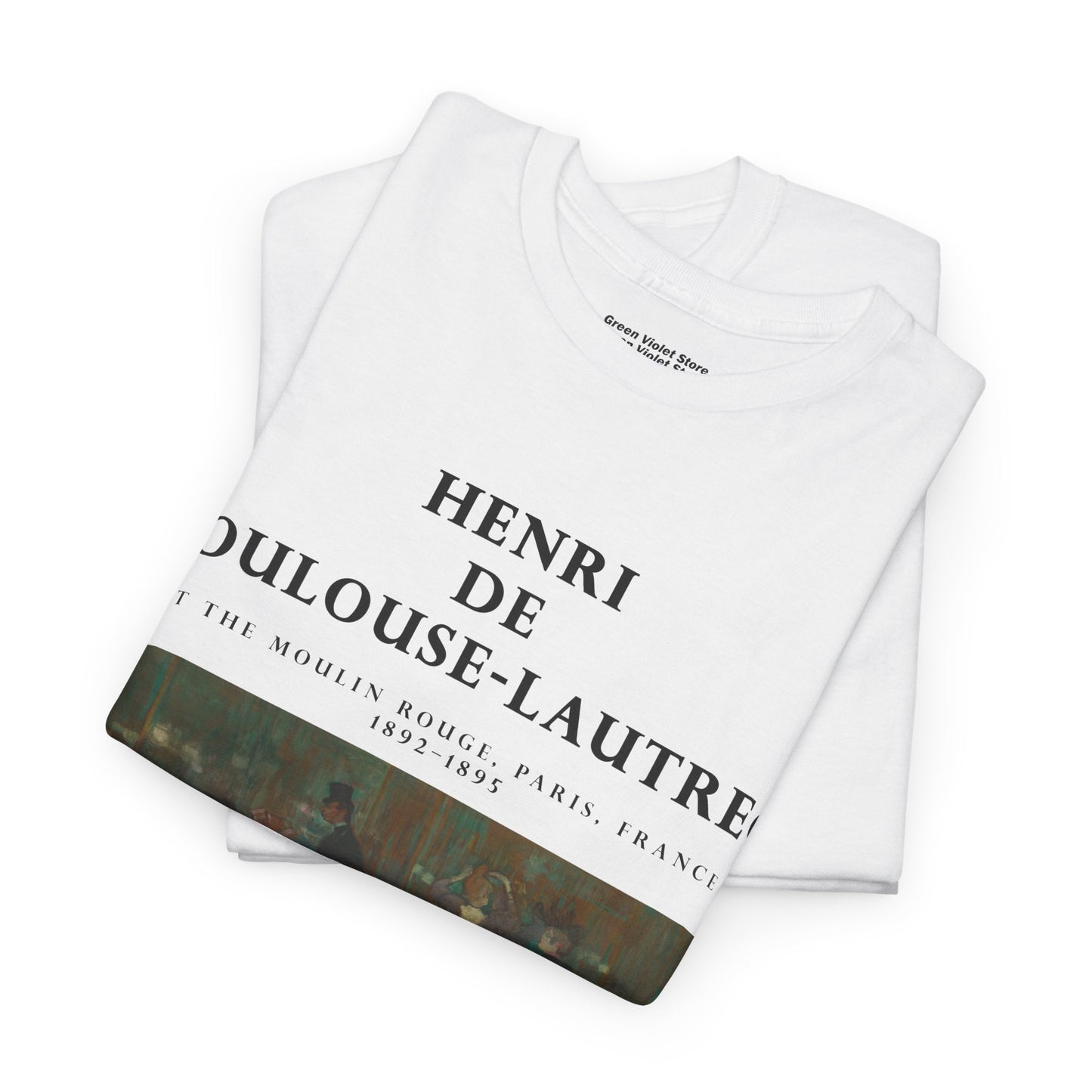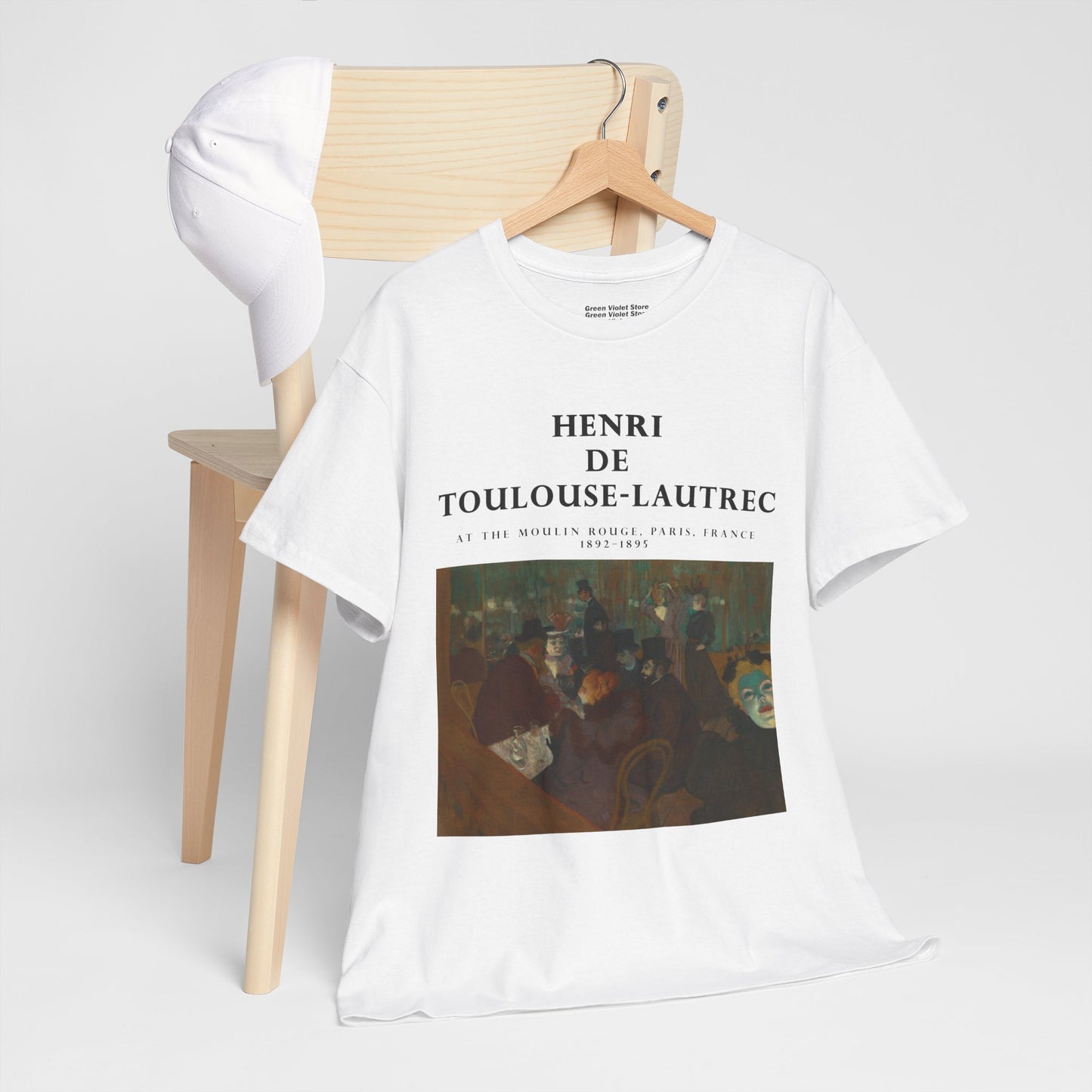Henri de Toulouse-Lautrec | At the Moulin Rouge | Art Institute of Chicago
Henri de Toulouse-Lautrec | At the Moulin Rouge | Art Institute of Chicago
Couldn't load pickup availability
Henri de Toulouse-Lautrec – At the Moulin Rouge (1892-95)
This iconic work plunges viewers into the electric chaos of Paris’s most infamous cabaret, where garish artificial light casts sickly green hues on the faces of performers and patrons alike. Lautrec’s skewed perspective—the diagonal table slicing through the foreground—makes the scene feel unstable, as if the viewer is tipsy amidst the revelry. A fascinating detail: The ghostly woman in the background is Lautrec’s cousin, Tapié de Céleyran, while the distorted face in the mirror is dancer La Goulue adjusting her hair. The composition’s claustrophobic energy mirrors the addictive, seedy allure of Montmartre nightlife, where Lautrec spent most of his nights. "Henri painted himself, the diminutive figure in the center background"
Lautrec’s Life During This Period
When Lautrec painted this, he was both a star and a pariah—his posters made the Moulin Rouge famous, but his alcoholism and syphilis were worsening. Living in brothels and cabarets, he documented the demimonde with unflinching honesty, elevating entertainers like Jane Avril to icons. The painting’s jarring colors and cropped figures reflect his immersion in Japanese prints and emerging photography. Just years later, his health would collapse, but At the Moulin Rouge remains a testament to his genius for capturing the beauty and decay of bohemian Paris.
Product features
- Shoulder tape for added stability
- No side seams for a sleek appearance
- Seamless ribbed knit collar for shape retention
- Durable fabric ideal for vibrant prints
- Ethically made with US-grown cotton
Care instructions
- Non-chlorine: bleach as needed
- Do not iron
- Do not dryclean
- Machine wash: cold (max 30C or 90F)
- Tumble dry: low heat
Share










